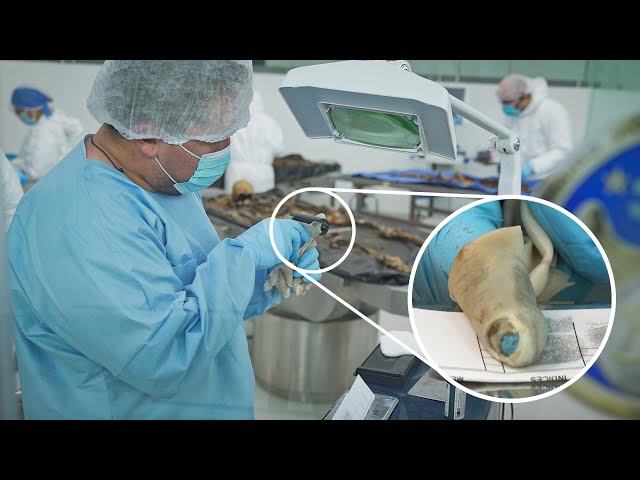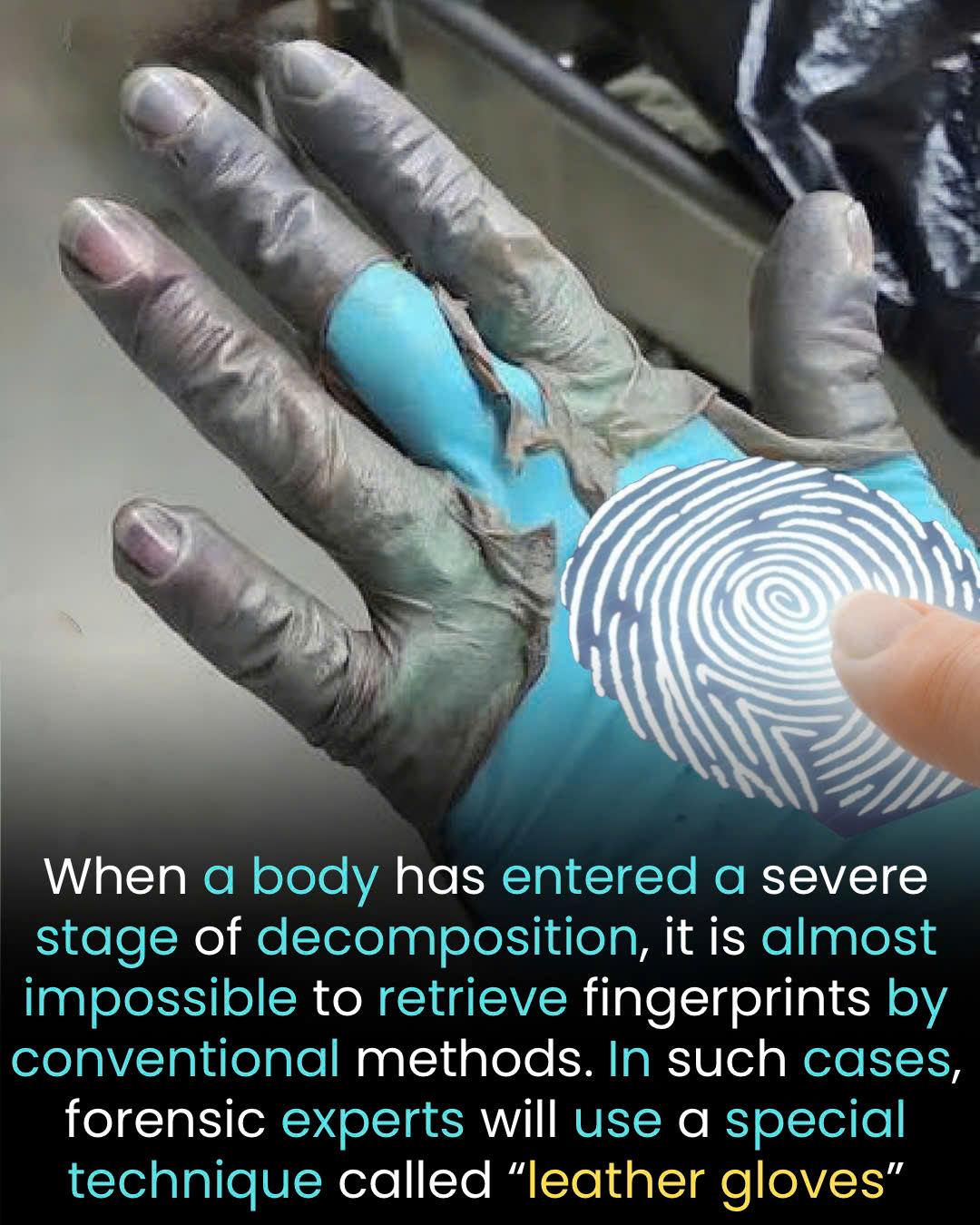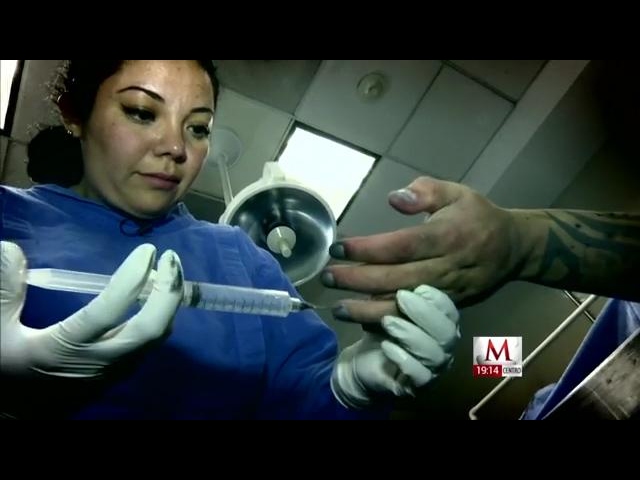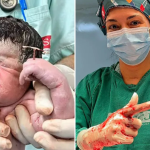When Science Touches the Boundary Between Life and Death

The “skin glove” technique is one of the most unusual and haunting methods in forensic science, but its purpose is rooted in compassion and the pursuit of justice. In cases where a body has been severely decomposed, traditional fingerprinting methods become ineffective, leaving investigators with few options for identifying the deceased. The ability to recover fingerprints is crucial for solving cases, especially in identifying unknown victims and bringing closure to grieving families.
When all other methods fail, forensic experts turn to the skin glove technique, a delicate and precise procedure. The process involves carefully removing the skin from the deceased’s finger, preserving the unique fingerprint patterns, and then placing the skin over the forensic expert’s own finger. This technique, though uncomfortable to contemplate, is one of the few ways to recover usable prints from a body in advanced decomposition. The skin’s natural texture and the underlying ridges of the fingerprints allow for clear impressions, making it possible to match them to any available records or databases.
Though it may sound unsettling, the use of this technique serves an incredibly important purpose: it allows investigators to identify the deceased when all other avenues have been exhausted. Identification is not just about solving a case; it’s about offering dignity to the deceased and providing answers to the families who are left in the dark, desperately seeking closure. In many cases, the ability to identify a loved one can be the final step in their grieving process, bringing a sense of peace and understanding.
This method also highlights the resilience of forensic science. It’s a testament to how far the field has come in finding ways to answer difficult questions and how it pushes the boundaries of what is possible to bring justice and closure, even in the most extreme and tragic circumstances. The “skin glove” technique, while eerie in its execution, is driven by the same goal that underpins all forensic work: to honor the dead by giving them a name, and to bring peace to those who are left behind.











